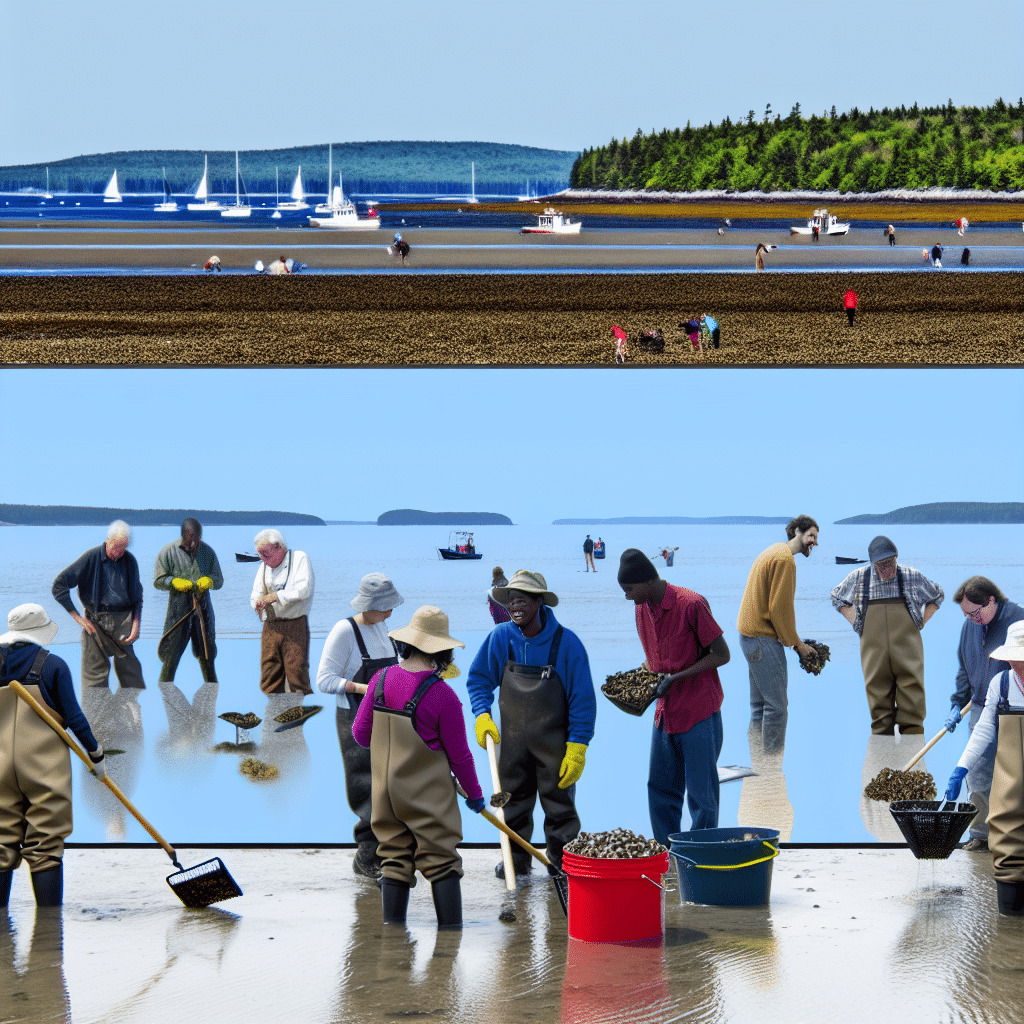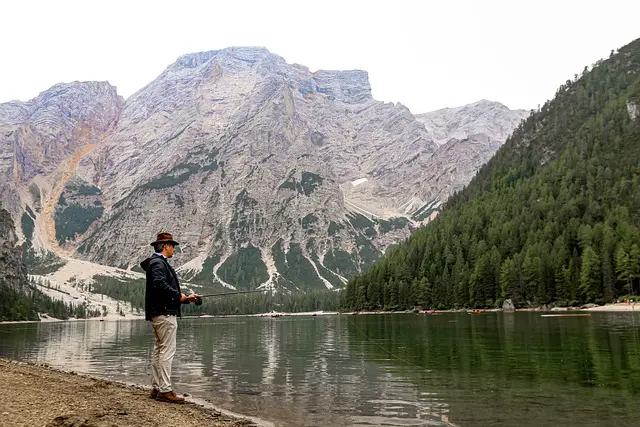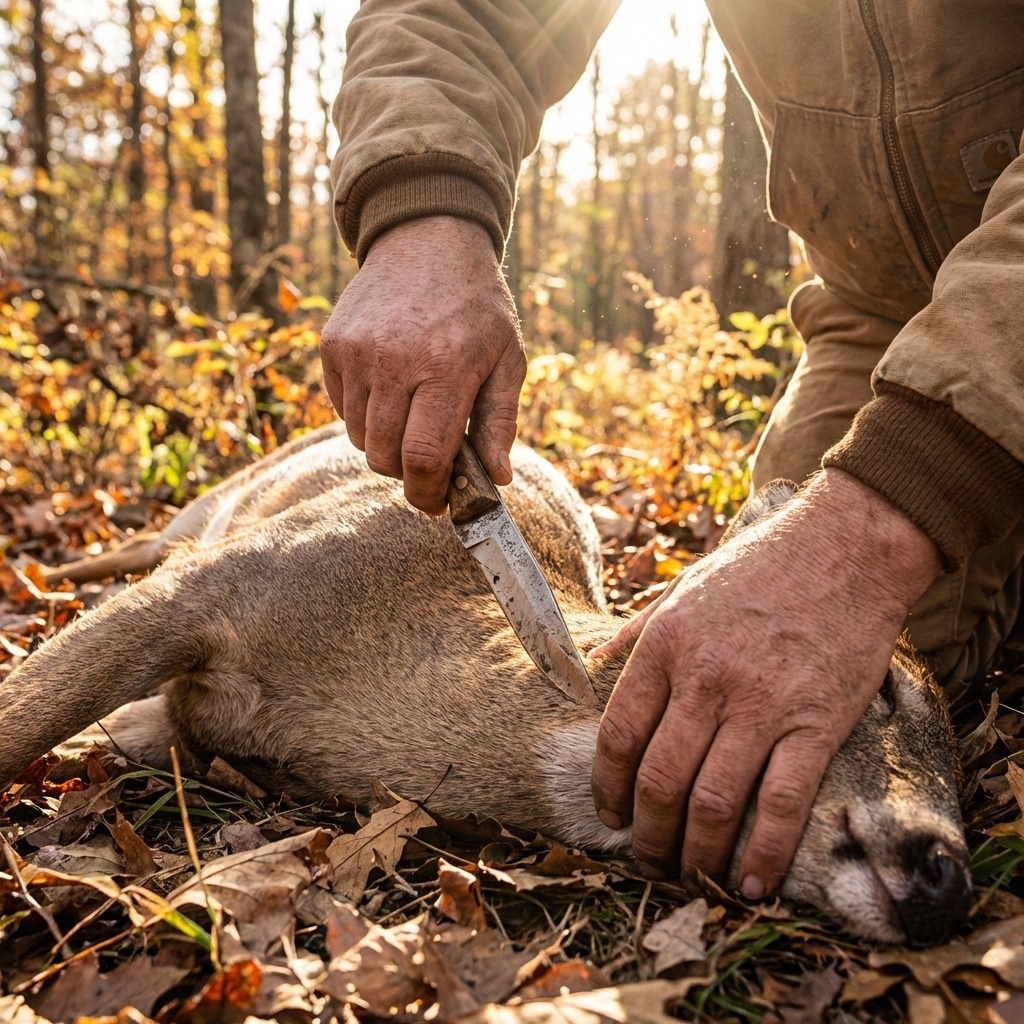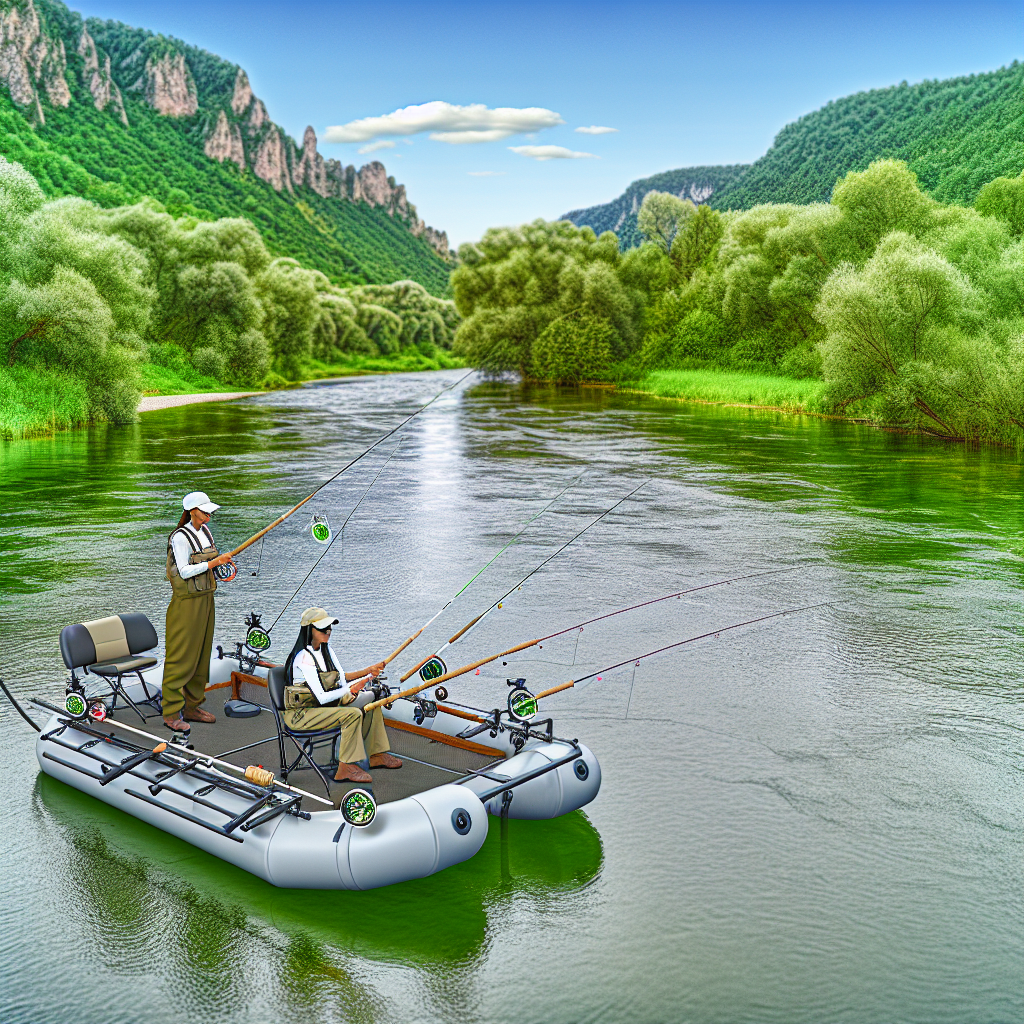Is there a more quintessential coastal New England experience than clam digging in Maine? With its rugged shoreline, tidal flats, and rich maritime history, Maine offers an authentic and rewarding excavation adventure that beckons both locals and tourists alike. Whether you’re drawn by the delicious prospect of a seafood feast or the simple joy of connecting with nature, clam digging in Maine promises an unforgettable experience.
Why Clam Digging in Maine? What Makes It Special?
Clam digging is more than just a culinary pursuit; it’s a time-honored tradition embedded in the culture of Maine’s coastal communities. The region’s nutrient-rich waters and diverse marine ecosystems provide an ideal habitat for clams such as soft-shell clams, hard-shell clams, and razor clams. Moreover, the Maine coast is characterized by stunning scenery, making the experience not only about the harvest but also about the journey itself.
A Rich Maritime Heritage
Maine has a long-standing history of clam harvesting that dates back to the indigenous Wabanaki people. These native tribes depended on clams as a food source and used the shells for tools and ornaments. Over the centuries, clam digging evolved, becoming integral to the livelihoods of many coastal communities. This heritage is still celebrated today, preserved through sustainable practices and educational initiatives that aim to protect and nurture the marine environment.
How to Get Started: What You Need to Know About Clam Digging
Before you head out to the tidal flats, there are a few essential preparations to ensure a successful and enjoyable clam digging adventure.
Acquire a License
First and foremost, a clam digging license is required in most areas of Maine. These can be obtained from town offices or online. Fees are usually nominal, and they help regulate and promote sustainable harvesting practices.
Essential Gear
The right equipment is crucial for a productive outing:
– **Clam Rake**: A metal rake with long tines is perfect for breaking the surface and sifting through the sand.
– **Bucket or Mesh Bag**: For collecting your clams.
– **Waders or Waterproof Boots**: To keep you dry and comfortable as you wade through the tidal flats.
– **Gloves**: To protect your hands.
Timing and Tides
Timing is everything in clam digging. The best time to dig for clams is during low tide when the water has receded, exposing the tidal flats. Checking local tide charts can help you plan your outing for optimal conditions.
Where to Dig: Prime Clamming Spots in Maine
While clams can be found up and down the Maine coast, some spots are particularly renowned for their abundance and accessibility.
Reid State Park
Located in Georgetown, Reid State Park is a popular destination for clammers. The park’s sandy shores and salt marshes provide a fertile habitat for soft-shell clams, also known as “steamers.” It’s also a beautiful area to explore, with scenic trails and picnic spots.
Wolfe’s Neck Woods State Park
Situated in Freeport, this park offers great clam digging opportunities along its rocky shoreline and tidal flats. Wolfe’s Neck Woods is especially family-friendly, with interpretive programs that educate visitors about the local ecosystem.
Scarborough Marsh
As the largest salt marsh in Maine, Scarborough Marsh is teeming with marine life. This area is particularly good for finding soft-shell clams and also offers bird-watching opportunities, making it a fantastic day-trip destination.
Tips and Techniques: Making the Most of Your Clam Digging Experience
Once you’re equipped and familiar with the best spots, it’s time to dig in—literally. Here are some techniques to ensure a successful haul.
Spotting Clam Holes
Look for small, circular holes in the sand, often accompanied by a slight bubbling. These are telltale signs that clams are just below the surface.
Raking Technique
Using your clam rake, gently break the sand around the holes and sift through to uncover the clams. Soft-shell clams are generally found about 6-12 inches deep, while hard-shell clams can be closer to the surface.
Handling with Care
Clams are delicate and can easily break if handled roughly. Ensure you gently place them in your bucket or mesh bag to keep them intact.
Post-Digging: Preparing and Enjoying Your Clam Harvest
Bringing home a bounty of clams is immensely rewarding, but the adventure doesn’t end there. Properly preparing and cooking your clams is the final—and perhaps most delicious—part of the experience.
Purging the Clams
After bringing your clams home, allow them to soak in a bucket of saltwater for a few hours. This process, known as purging, helps expel sand and grit from the clams.
Cooking Techniques
From steaming and grilling to baking and frying, there are myriad ways to prepare clams. Popular recipes include New England clam chowder, clam linguine, and clams casino. The fresh, briny flavor of your catch is sure to elevate any dish.
Conclusion: Why Clam Digging in Maine is an Experience Not to Be Missed
Clam digging in Maine is more than a simple pastime; it’s an immersive journey into the state’s maritime culture and natural beauty. It’s an opportunity to engage in an ancient tradition, learn about marine ecosystems, and enjoy some of the freshest seafood you’ll ever taste. Whether you’re a seasoned clammer or a curious novice, the shores of Maine await with promises of adventure and discovery. So grab your rake, check the tides, and embark on an unforgettable coastal experience.
Whether you’re looking to contribute to local traditions, spend quality time with family, or simply savor the fruits of your labor, clam digging in Maine is a must-try activity for anyone visiting or living in this storied state. Happy digging!




